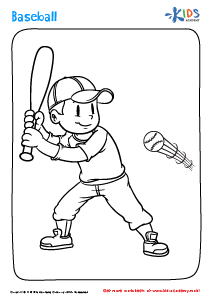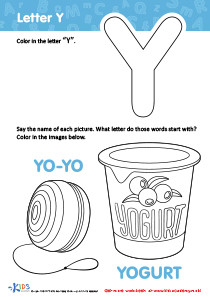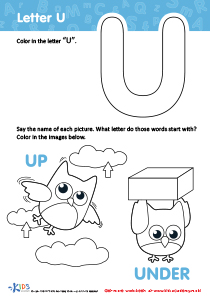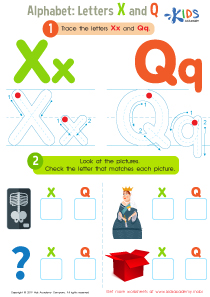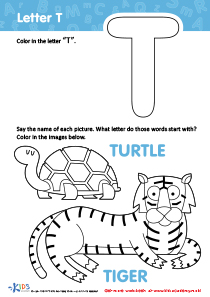Foundational Reading Lessons | Letter Sound Relationships, Preschool
0 results
Introduce your preschooler to the exciting world of reading with our Letter Sound Relationships Lessons. This fun and interactive program features engaging worksheets and educational videos designed to help young learners develop their letter sound relationships. With our customized assessments, you can easily track your child's progress and identify areas for improvement. Our experienced educators will guide your child every step of the way, ensuring that they stay on track and develop a love of learning. So enroll your child today and give them the gift of literacy!
Letter sound relationships are an incredibly useful tool in developing a child's reading ability. In preschool, young children are introduced to the alphabet and are taught the sounds that each letter makes. These lessons on letter sound relationships are essential for children as they navigate their way through early education and prepare for later studies. These lessons integrate fun and interactive activities for kids to learn and understand the relationship between letters and their sounds.
Preschool is a critical time for children to develop their reading skills as it sets the foundation for their future education. These years are essential for learning the basics of reading and writing, and letter sound relationships are one of the most important skills to practice. Children who have mastered letter sound relationships are better equipped to tackle more complex reading tasks in later life.
At this stage, letter sound relationships are fundamental in teaching children phonics, the study of the sounds used in speech, and representing them using letters. Teachers help children understand that each letter has a corresponding sound, and they learn to match the letter to the sound. The more practice a child has in identifying letters and their sounds, the easier it becomes for them to read and write.
Letter sound relationships lessons are engaging and designed to be interactive to keep children interested in learning. They include activities such as coloring worksheets for preschool, word puzzles, and educational videos. As children participate in these exercises, they learn to associate a specific sound with a letter. This connection enables them to recognize and pronounce words, making their reading journey more manageable.
These lessons also offer assessments and quizzes to measure a child's progress and comprehension. Teachers can identify areas where a child needs improvement and focus on teaching strategies to strengthen those skills. This individualized approach tailors the learning experience to each child's unique needs and pace, allowing them to progress at their own speed.
Research shows that children who have developed letter sound relationships in their early education perform better academically in later years. These skills contribute to a child's academic success by enhancing vocabulary and improving reading comprehension. Children who can identify letters and their sounds are more likely to be ahead of their peers in reading levels, which can improve their confidence and self-esteem.
In conclusion, letter sound relationships lessons are invaluable in a child's early education as they establish the foundation for their future academic success. These lessons integrate fun and interactive activities that promote learning and help children grasp the relationship between letters and their sounds.

